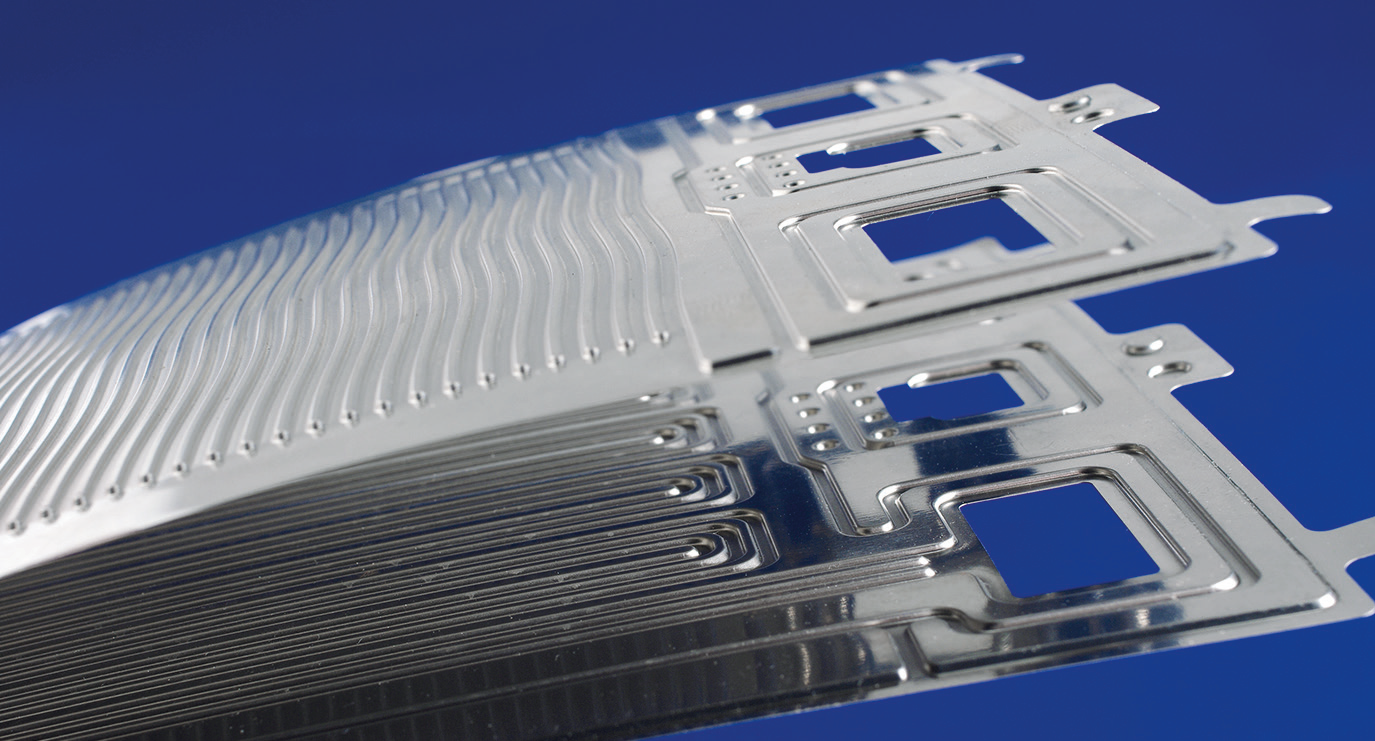Green hydrogen is the energy source of the future. Potential areas of application include mobility and the supply of domestic energy based on fuel cells. In addition to technological advancements, broad market penetration will primarily require a significant reduction in costs along the value chains of electrolyzers, fuel cells and their components. Highly productive laser processes play a decisive role in scaling manufacturing processes to reach such reductions.
 Fraunhofer Institute for Laser Technology ILT
Fraunhofer Institute for Laser Technology ILT